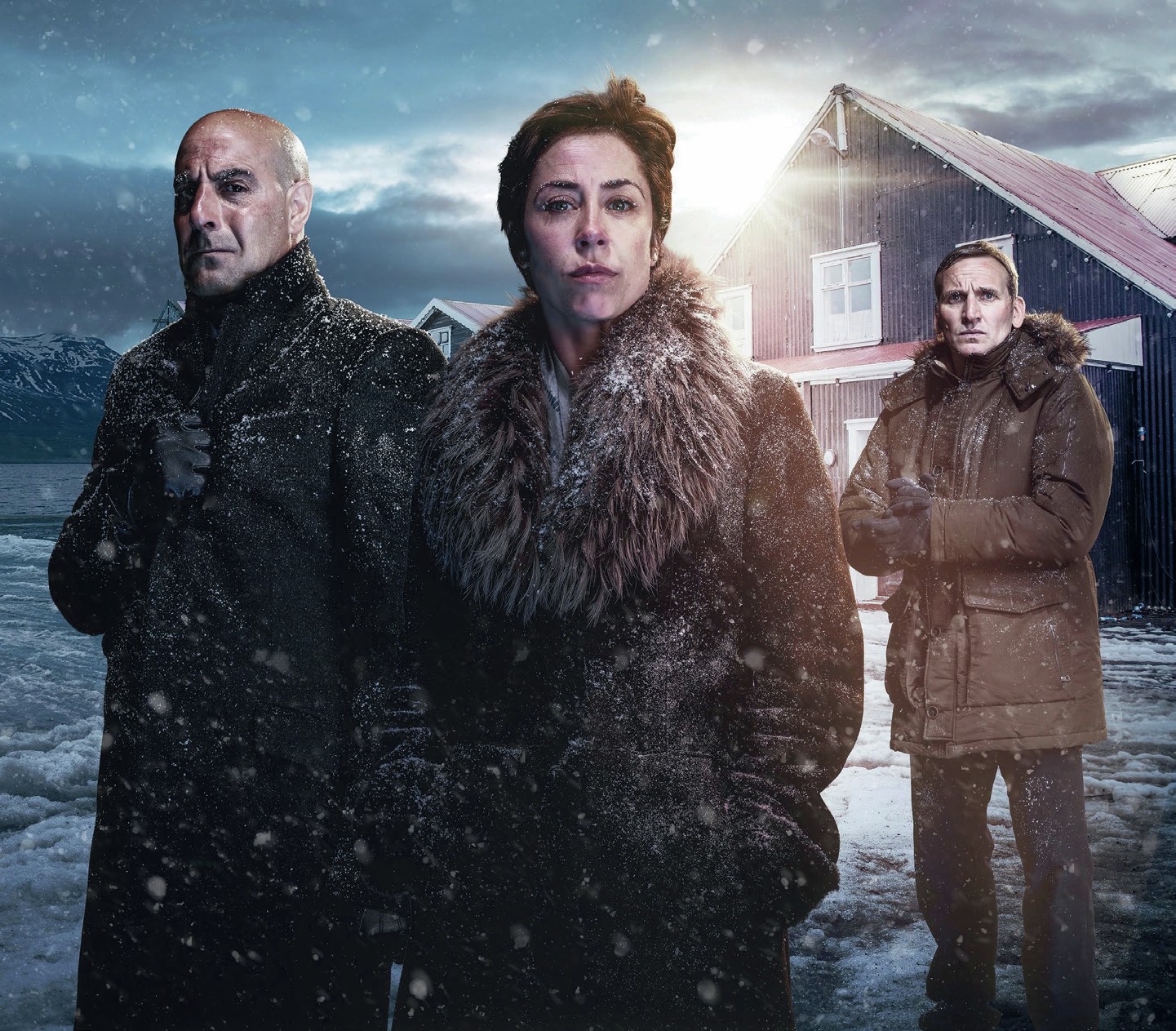
You may have seen the television drama series Fortitude (Sky Atlantic) set on the Norwegian Arctic island of Svalbard (though much of it was filmed in Iceland). One of the storylines in the series concerns the emergence of a deadly disease which has been frozen in the island’s periglacial environment for thousands of years. The disease is linked to an exotic and dangerous parasite found in a wasp-like creature. The eggs of this wasp were locked in a buried frozen animal corpse, but they are unlocked as the climate warms and the ground thaws.
This story is a dramatic illustration of the connection between landscape, climate and the incidence of disease. In this case it is fictional, but geographers have been examining the possibility of such events. Relationships between disease and climate are well documented, but how far can landscapes influence the spread of disease, and how could these factors be affected by climate change?
Your organisation does not have access to this article.
Sign up today to give your students the edge they need to achieve their best grades with subject expertise
Subscribe




